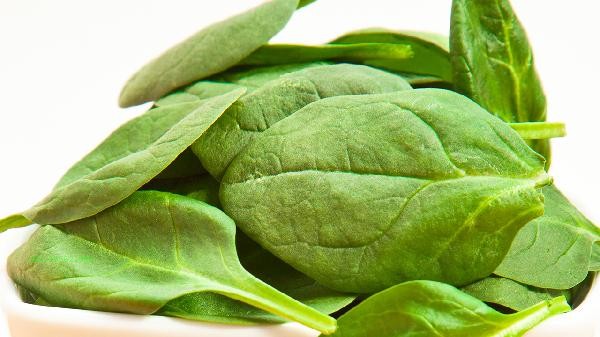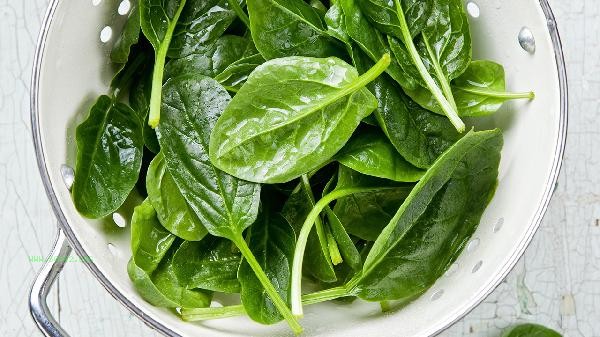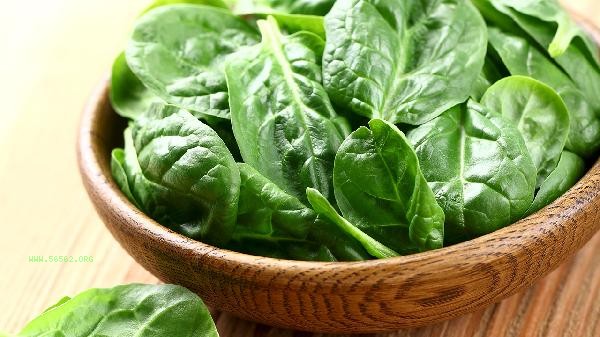The astringency of spinach mainly comes from natural ingredients such as oxalic acid and tannic acid. Oxalic acid combines with proteins in the oral mucosa to produce a astringent sensation, while tannic acid reacts with polyphenols and salivary proteins to form precipitates, collectively leading to the unique astringent taste of spinach.

1. Oxalic acid action
Spinach contains a high concentration of oxalic acid, which binds with calcium ions in oral mucosal epithelial cells to form insoluble calcium oxalate crystals. crystallization stimulates nerve endings to produce a stinging sensation, while oxalic acid binds to salivary mucin to reduce lubrication, resulting in a significant astringency. The oxalic acid content is particularly prominent in the roots and old leaves of spinach, and high-temperature blanching can dissolve most of the oxalic acid.
2. Effect of Tannic Acid
Tannic acid in spinach belongs to polyphenolic substances and can specifically bind to proline enriched proteins in saliva, forming protein polyphenol complexes. This complex causes saliva to lose its lubricating function, leading to increased friction in oral tissues and producing a dry and rough tactile sensation. Tannic acid is more abundant in immature spinach, and extending the cooking time appropriately can decompose some tannins.
3. Metal ion synergy
Spinach is rich in metal ions such as iron and magnesium, which can form metal chelates with oxalic acid. These complexes carry charges and are easily adsorbed on the surface of the lingual papilla to change the charge distribution. The change in charge affects the membrane potential of taste buds and enhances sensitivity to astringent substances. The mineral content in soil can affect the concentration of metal ions in spinach, thereby altering the astringency intensity.

4. Variety Differences
There are significant differences in the content of secondary metabolites among different spinach varieties. Round leaf varieties usually have lower oxalic acid content and mild astringency, while pointed leaf varieties have vigorous secondary metabolism and strong astringency. Modern breeding has cultivated hybrid varieties with lighter astringency by reducing the activity of oxalate synthase, but traditional varieties have richer flavor compounds.
5. Effects of Growth Environment
Strong light and drought stress can stimulate spinach to produce more defensive secondary metabolites. Spinach grown outdoors in summer often has a stronger astringency than those grown in greenhouses, due to the activation of the phenylpropane metabolic pathway induced by ultraviolet radiation. Reasonable control of light intensity and irrigation frequency can regulate the accumulation of secondary metabolites.

It is recommended to blanch spinach for 15-30 seconds first, which can dissolve oxalic acid by more than half and decompose tannic acid by about one-third. When consumed with tofu or dairy products rich in calcium, calcium ions can preferentially bind with oxalic acid to reduce oral irritation. Children and those with gastrointestinal sensitivity should choose the tender leaf area and control the single intake within 100 grams. Regularly rotating different varieties of spinach can provide diverse nutrients while avoiding excessive intake of a single substance.








Comments (0)
Leave a Comment
No comments yet
Be the first to share your thoughts!